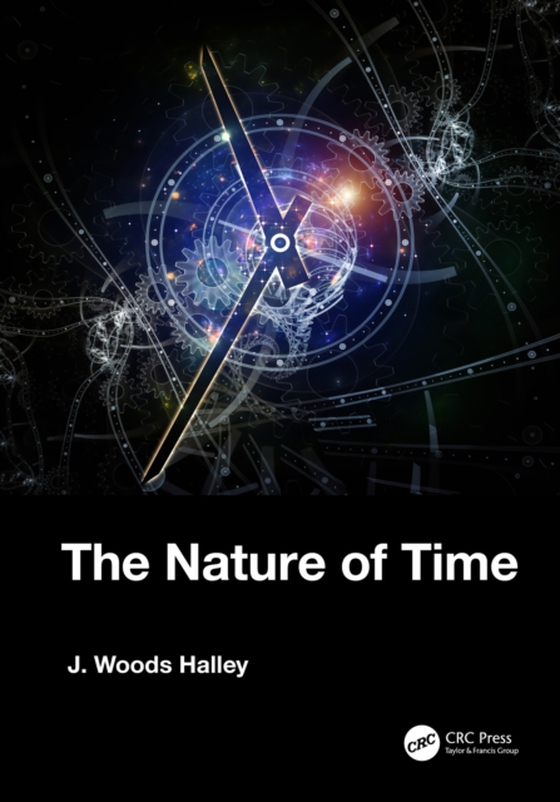
Nature of Time e-bog
317,82 DKK
(inkl. moms 397,28 DKK)
This book reviews and contrasts contemporary and historical perceptions of time from scientific and intuitive human points of view. Ancient and modern clocks, Augustinian ideas, the deterministic Newtonian universe, biological clocks, deep time, thermodynamics, quantum mechanics, and relativity all contribute to the perspective. The focus is on what can be inferred from established technologies...
E-bog
317,82 DKK
Forlag
CRC Press
Udgivet
2 december 2022
Længde
166 sider
Genrer
Time (chronology), time systems and standards
Sprog
English
Format
pdf
Beskyttelse
LCP
ISBN
9781000687125
This book reviews and contrasts contemporary and historical perceptions of time from scientific and intuitive human points of view. Ancient and modern clocks, Augustinian ideas, the deterministic Newtonian universe, biological clocks, deep time, thermodynamics, quantum mechanics, and relativity all contribute to the perspective. The focus is on what can be inferred from established technologies and science as opposed to futuristic speculation. Chapter 1 describes clocks, including the cesium atomic clocks establishing the current global time standard, a history of clock development, biological clocks, phylogenetic trees, radioactive dating, and astronomical methods to determine the age of the universe. Chapter 2 poses ancient questions about time not fully addressed by an understanding of the technical nature of clocks. An early summary of some of these questions as described by Augustine in the 3rd century CE is followed by a description of how Newton, 1300 years later, introduced a conception of time which provided some answers, such as the nature of an infinitesimally short present. Implications concerning the reality of events in the past, present, and future are also discussed. The Newtonian picture is contrasted with the intuitive human one and the possibilities of time travel and temporal recurrence are briefly discussed. Chapter 3 introduces the second law of thermodynamics and addresses how it is compatible with a time-reversible Newtonian description of a universe, even though it appears to define an "e;arrow of time."e; The nature of entropy and its relation to coarse graining and emergence play a central role in the discussion. Chapter 4 discusses ways in which quantum mechanics has altered the Newtonian perspective, accounting for various interpretations of the meaning of quantum mechanics with regard to time. Chapter 5 describes basic elements of special relativity and their implications for the nature of time. Examples of time dilation and the changing order of space, such as separated events in different frames, are described. The examples are chosen to avoid evocation of currently unattainable technologies. An afterword in chapter 6 reviews questions raised by Augustine and summarizes how the development of science since then has addressed them. This book was originally developed for an interdisciplinary seminar for beginning undergraduates at the University of Minnesota. It uses a small amount of algebra, mainly in supplementary appendices, and does not assume any prior knowledge of physics, chemistry, biology, or astronomy. In contrast to many semipopular books on time, it avoids speculation either about engineering (techno-optimism) or physical theory (strings, loop quantum gravity, black hole entropy). Instead, it takes a more grounded approach and describes what is currently known (and not known) to help both students and the general reader make better sense of time.
 Dansk
Dansk

